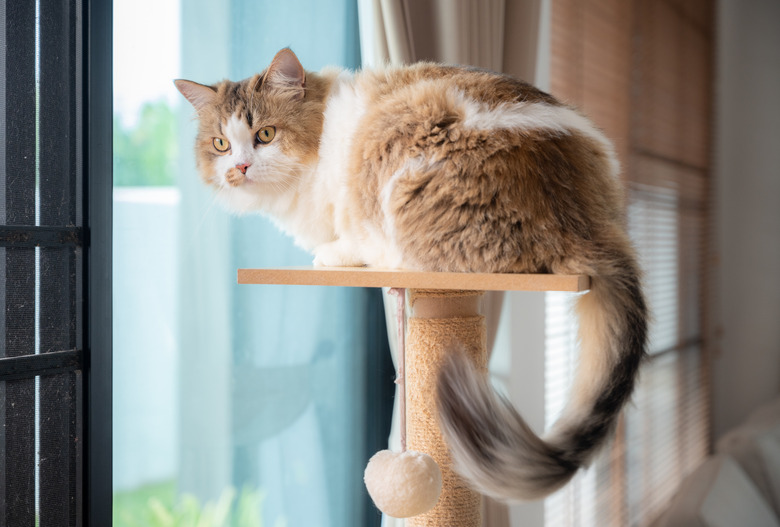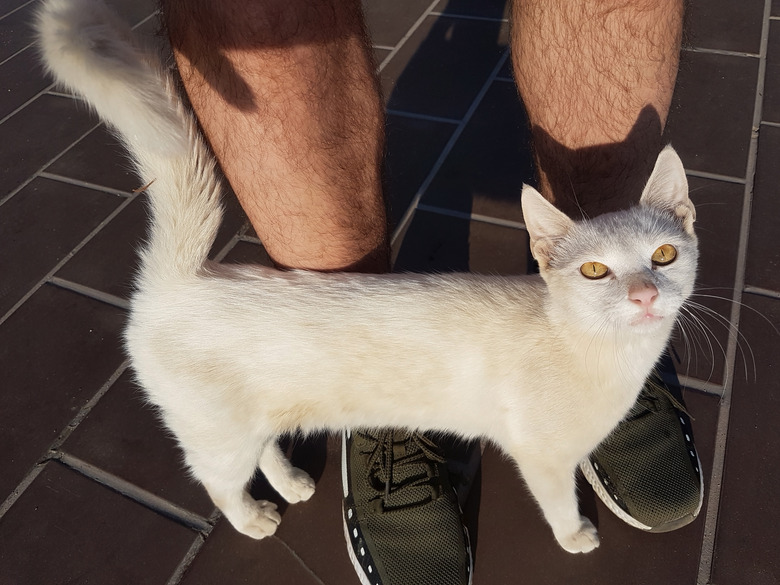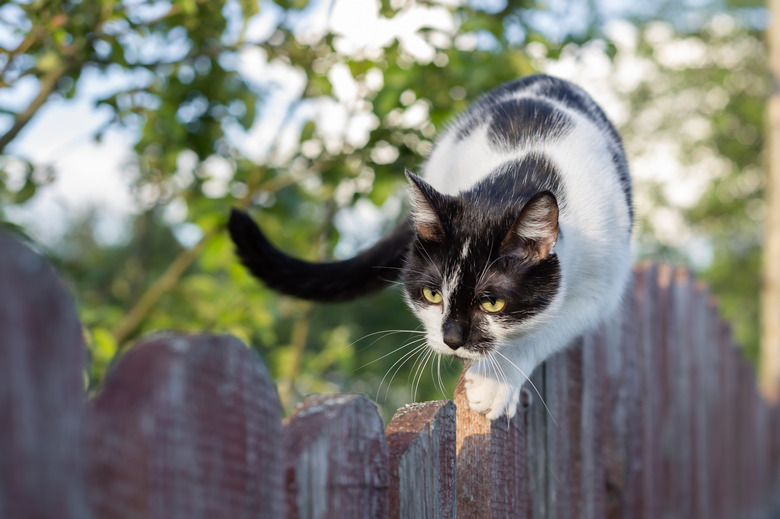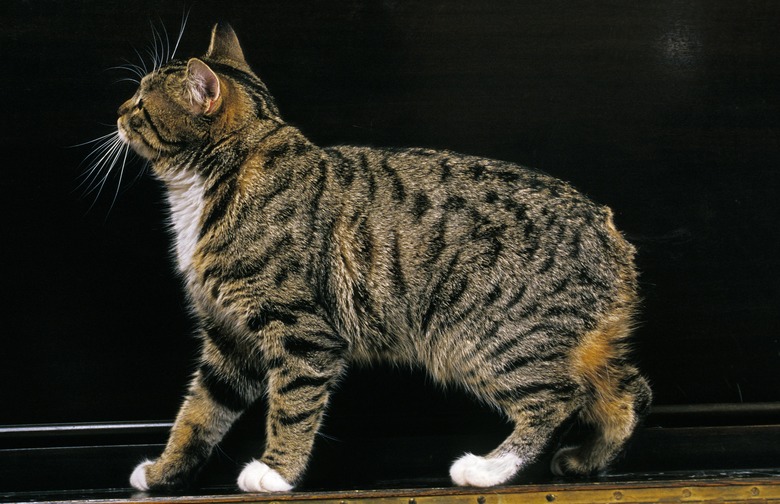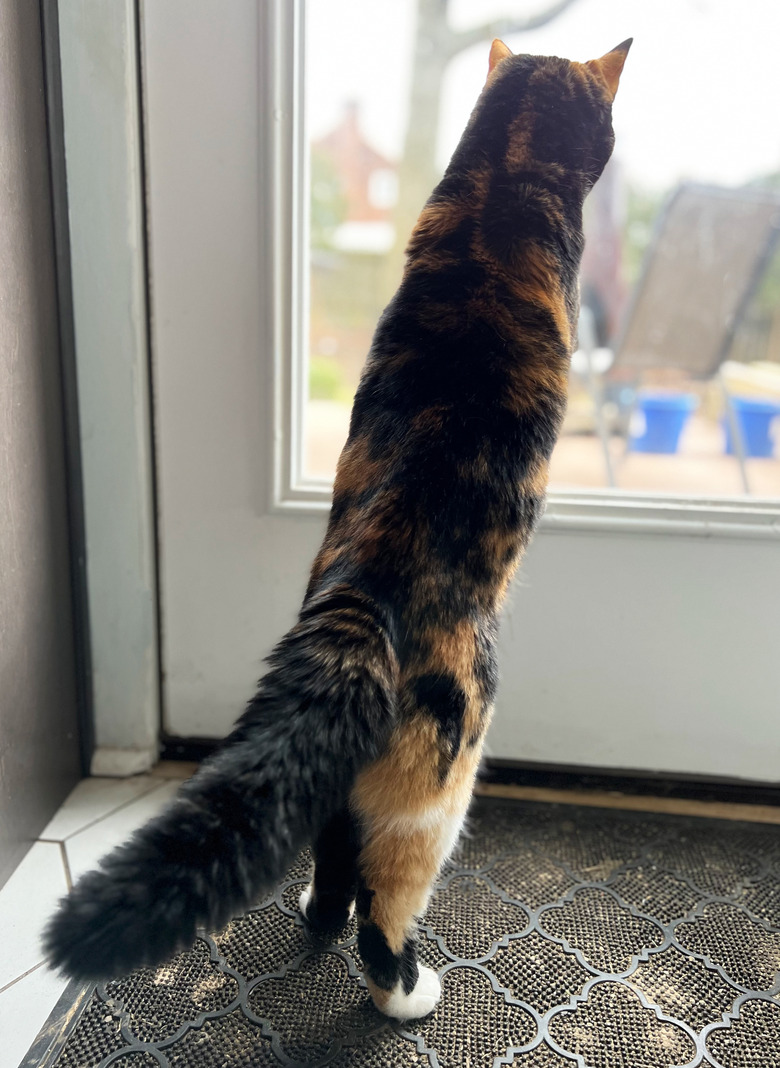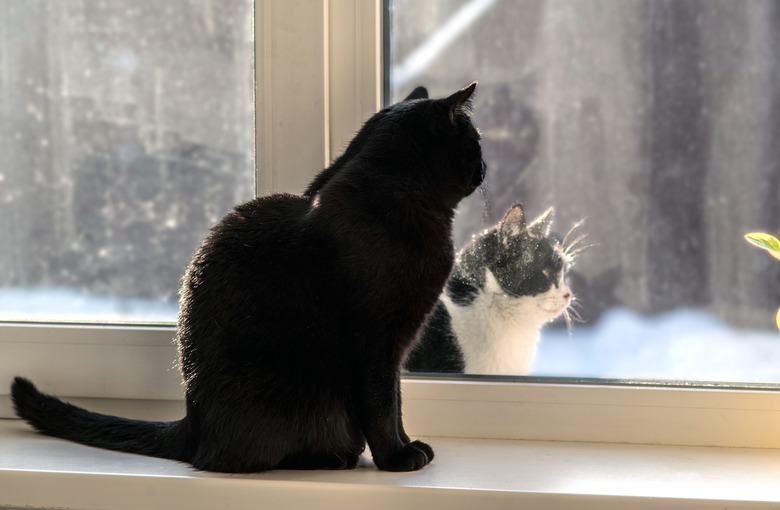7 Fascinating Facts About Cats' Tails
7 Facts About Cats Tails
Cats are wonderful pets and few things are as wonderful as having your cat greet you affectionately, weaving through your legs and brushing against you with their tail. Whether your cat has a slender tail covered in sleek fur or a tail covered in a plume of long hair, the appearance of the tail adds to your cat's beauty. But there is much more to know about cat tails that will help you better understand your feline companion.
1. A cat's tail is important body language communication
1. A cat's tail is important body language communication
Cats may have an air of mystery, but once you know what to look for, they communicate clearly with their body language. Whether you see your cat's tail vibrating or curled tightly around their body, they are trying to tell you something. Here is the meaning of some common tail positions and movements:
- The tail is upright: This is a sign that your cat is feeling confident and alert.
- The tail is curled tightly around the body: This posture shows that your cat is afraid or anxious.
- The tail is puffed out: This is another sign that your cat is afraid.
- The tail is lashing back and forth: This is a sign that your cat is agitated or angry and wants you to stay away.
- The tail is swishing slowly: This movement occurs when your cat is focused, such as when they are hunting a toy mouse or watching a bird through the window.
2. A cat's tail has scent glands.
2. A cat's tail has scent glands.
If a cat's tail is rubbing against you or another object, your cat may be marking their territory. Cat tails have scent glands. Scent glands can also be found on a cat's chin and cheeks, ears, forehead, rear, back, and paw pads.
3. Cats use their tail for balance
3. Cats use their tail for balance
Cats use their tails for more than just communication. The tail also helps the cat with their balance and agility. It provides a counterbalance for your cat when they jump, make tight turns, or balance on a narrow surface.
4. Cats can live without their tails
4. Cats can live without their tails
The tail may play an important role in a cat's balance and communication, but cats can learn to live without their tails. Unfortunately, situations may arise, such as nerve damage or broken bones, when part or all of a cat's tail needs to be amputated. It may take the cat some time to learn to move gracefully without their tail, but in most cases, cats survive and even thrive after the procedure.
5. Some cats are born without tails
5. Some cats are born without tails
Not all cats are born with a full tail. Manx cats, for example, are often born tailless or with a very short tail. This results from a genetic mutation that prevents the vertebrae in the tail from developing. The gene that causes the lack of tail is dominant, so a cat only needs one copy of the gene to have the trait. Kittens born with two copies of the dominant gene rarely survive.
There are other cat breeds with short tails, including:
- Cymric cats, or longhair manx cats, that may be tailless or have a short tail.
- American bobtail cats have short tails that measure 1 to 4 inches long. A recessive gene causes the short tails.
- Japanese bobtail cats have tails that measure up to 3 inches and commonly have curves and kinks. A recessive gene causes the shortened tail.
6. Cat tails are an extension of the spine
6. Cat tails are an extension of the spine
Similar to humans, a cat's spine consists of bones called vertebrae. However, while a human spine ends with the tailbone, a cat's spine extends beyond the sacral vertebrae to form a tail. The tail bones are called caudal vertebrae.
7. How many bones are in a cat’s tail?
7. How many bones are in a cat's tail?
The number of caudal vertebrae can vary in different cats and breeds, but in most cases, cats will have between 18 and 23 bones in the tail.
